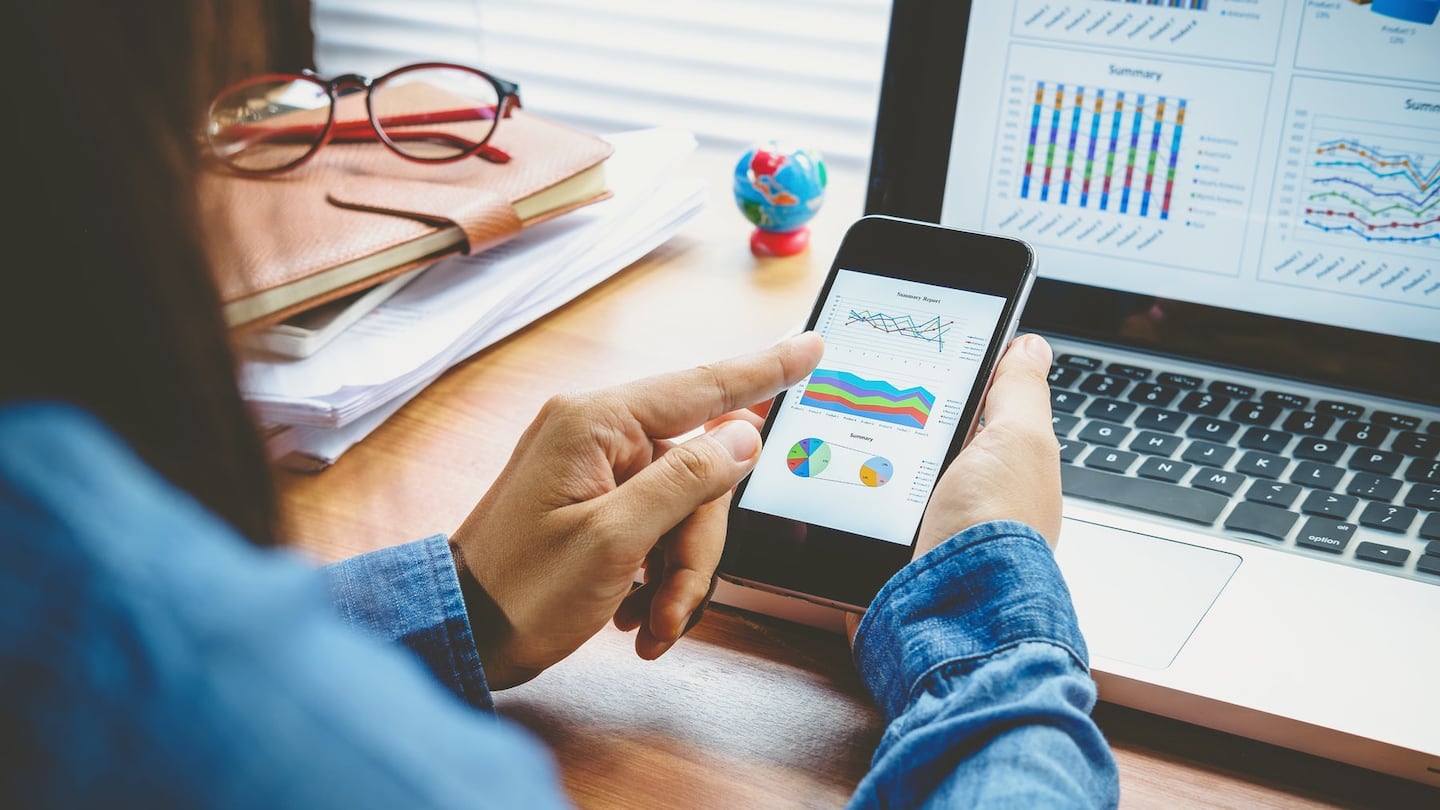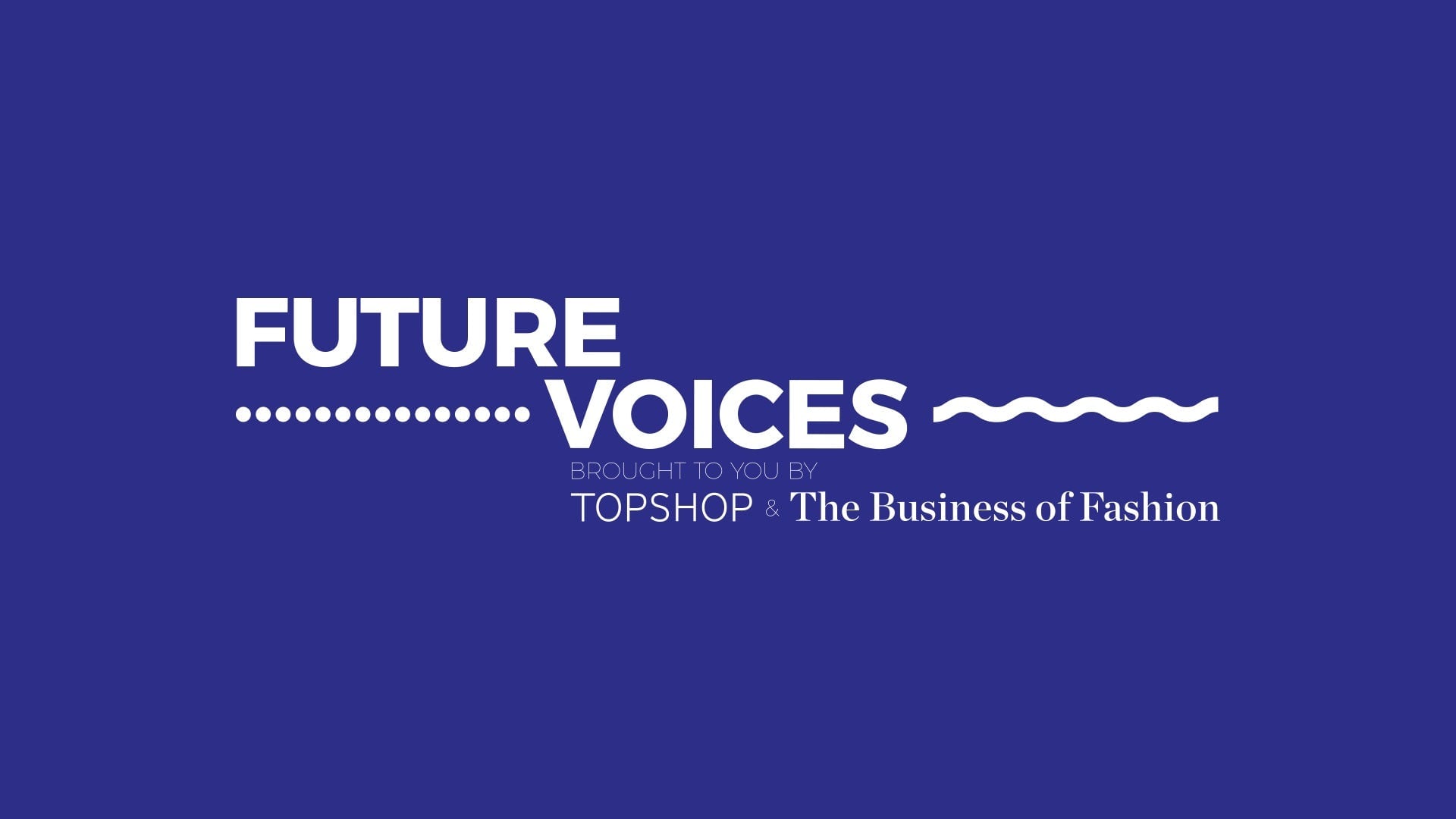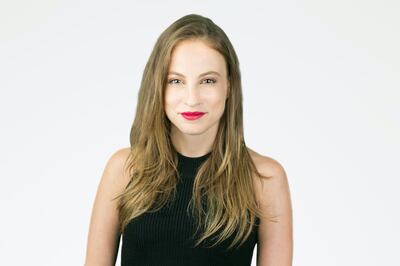
The Business of Fashion
Agenda-setting intelligence, analysis and advice for the global fashion community.

Agenda-setting intelligence, analysis and advice for the global fashion community.


NEW YORK, United States — Let's play a game. I'll name an item, and you tell me if you think it's in or out.
Zoo Jeans: the jeans ranging between $1,000 and $2,000 that have been ripped by lions and tigers (it doesn’t get more authentic than that). In or out? Zoo jeans are out. According to Google Trends — a tool that displays how often a search term is entered relative to total search volume — they had their 15 minutes of fame in 2014, but didn’t quite catch on.
What about rompers? They were so 2014, right? Wrong. Google data shows interest in rompers continues to grow year-over-year. It’s an easy way to look stylish without having to put much thought into an outfit — and it’s slowly becoming a wardrobe staple.
All right beauty experts, this one is for you. We know a lot of skincare trends are coming from Asia, so what’s big in Japan right now: horse oil or tofu cream? Trick question. Both are out, having peaked in 2015. According to Google, enzyme face washes, hot cleansing and all-in-one gels are the latest big beauty trends in Japan, while demand for whitening creams is still growing.
Did you get all those right? If not, have no fear — you’re not alone. In a world where fashion seasons have multiplied, blurring into an almost constant stream of newness, and an Instagram post can make a look go viral overnight, it’s nearly impossible to know exactly what’s in and what’s out based on intuition alone. And if you’re making decisions based on perception, remember the lessons of Trump and Brexit, both important reminders that we often have skewed perceptions of the world around us.
While consumers continue to surprise us with their choices, their decisions do not come from nowhere; the journeys to these decisions usually unfold along a number of online (and offline) touchpoints that are increasingly measurable. Indeed, today’s consumer often leaves a valuable trail of data behind them that can help us predict where they are heading before they actually get there. Taken together, these billions of data points can help fashion brands better predict new trends in a way that can make or break a business.
It’s a complex game for sure. Athleisure clothing became popular as women gained better access to online health education and delayed marriage and childbirth. But in order to spot a trend, it helps to keep an eye on the trendsetters. The Kardashians aren’t the only ones starting trends. There are untold factors that influence trends, from media and entertainment to politics, health and technology. What’s more, trends often jump from category to category: vegan food soon gave way to vegan clothing, and then vegan cosmetics and skincare; similarly, rose-gold accessories led to the rose-gold iPhone.
Today consumers move faster than brands do; it's more important than ever to listen carefully to their online demand signals.
If you know that food and health impact your audience’s interest in fashion trends, it will be important to look at new trends in that space. For example, how is the rise in interest around gut health impacting clothing styles and comfort? There’s already huge overlap between trending ingredients in food and skincare.
But trends don’t just leap from industry to industry; they also spread across geographies. While the bomber jacket became a global trend quite quickly, its seasonality began shifting from Autumn/Winter to Spring/Summer — cue lighter, more colourful fabrics — in the UK before the same trend hit the US. These kinds of shifts can be linked to everything from weather to soft power (South Korea is killing it these days).
There are patterns that reflect how long it typically takes a trend to travel from market to market. When comparing the masking trend in Japan, the US and France, it was clear that Japan was the forerunner. By exploring advancements in the market, i.e. foot masks, cuticle masks and hand masks, some businesses were able to stay ahead and be the first to own the foot mask trend when it came to the US.
With consumers practically living online, we finally have enough data to observe consumer behaviour across geographies and categories. In fact, we’re at a point where we have too much data. The winners will be those that are crafting the right questions, and then figuring out which data signals to look for.
If you can identify relevant emerging trends in categories that influence fashion or beauty and you can identify how long it will take for that trend to spread to the markets you care about, you’ll get better at predicting when to launch new items. While this may sound complicated, machine intelligence is advancing the kind of prediction modelling that can help. At this point, it’s necessary for brands to begin thinking about the different behavioural signals that will enable machine intelligence to crunch the right numbers.
Once you’ve identified what’s trending and how likely it is to last based on demand signals, you can explore how consumers are interacting with the trend to better understand its life stage. For example, if consumers are asking questions like “how to wear” or “what is,” they’re in the education phase and they’re still looking to be convinced on the trend — now is the time to do some handholding and provide inspiration. If consumers are mainly searching for the trend alongside brands, then they’re ready to buy.
The bottom line is today consumers move faster than brands do, and it’s more important than ever to listen carefully to their online demand signals. Tapping into big data will provide you with an objective understanding of where the consumer and the industry are heading, so that you can identify the next “athleisure.”
Is your brand in or out?
The views expressed in Op-Ed pieces are those of the author and do not necessarily reflect the views of The Business of Fashion.

Yarden Horwitz, trendspotting lead at Google | Source: Courtesy
"If a Future VOICE shares her vision but no one is there to hear it, does her vision even exist? A massive thank you to The Business of Fashion for launching the Future VOICES Challenge, and providing us with a platform to share our vision for the future of the fashion and beauty industries. Being at the forefront of data and technology, my perspective on the fashion industry may be quite different. BoF has created a place where different lenses can intersect, share and absorb new thoughts and ideas in order to help both grow stronger.
My mentors Vikram Alexei Kansara and Robin Mellery-Pratt have provided me with the direction and confidence needed to bring my vision to paper. Ideating with them enabled a fashion-first perspective on a tech-first concept. As the fashion and beauty industries continue to progress, the BoF Future VOICES Challenge acts as an important link to new ideas."
Related Articles:
[ Meet Fashion's Future VOICESOpens in new window ]
[ Future VOICES Connects 10 Emerging Talents with Industry EliteOpens in new window ]
From analysis of the global fashion and beauty industries to career and personal advice, BoF’s founder and CEO, Imran Amed, will be answering your questions on Sunday, February 18, 2024 during London Fashion Week.
The State of Fashion 2024 breaks down the 10 themes that will define the industry in the year ahead.
Imran Amed reviews the most important fashion stories of the year and shares his predictions on what this means for the industry in 2024.
After three days of inspiring talks, guests closed out BoF’s gathering for big thinkers with a black tie gala followed by an intimate performance from Rita Ora — guest starring Billy Porter.